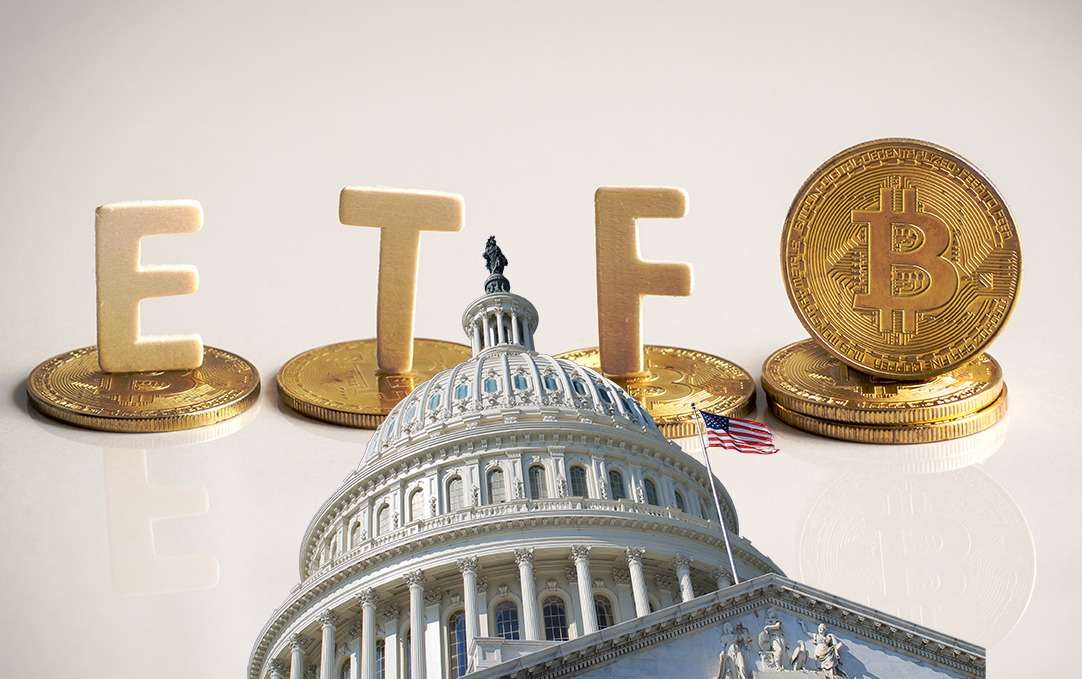Introduction: Don’t Mistake Exposure for Ownership
Bitcoin ETFs are marketed as a low-barrier entry into cryptocurrency, promising exposure without the headaches of custody. But for ultra-high-net-worth individuals (UHNWIs), fund managers, and institutions seeking sovereign-grade protection, ETFs may offer more illusion than insulation.
“ETF exposure is like a postcard of a holiday — you get the image, but not the experience.”
— DNA Crypto
Many view the green light for Bitcoin ETFs in the US and Europe as the beginning of cryptocurrency going mainstream. Headlines often highlight the substantial influx of funds, the market’s apparent validity, and the ease of institutional participation.
When you acquire an ETF, you’re not directly holding Bitcoin. Traditional finance gives you exposure that may be indirect or even synthetic. This also adds extra friction, and various regulations and risks are rarely discussed.
Let’s unpack the liquidity mirage and explore its implications for elite investors.
Bitcoin ETF ≠ Bitcoin
Bitcoin ETFs don’t give you Bitcoin. They give you a synthetic position — a regulated derivative that’s accessible during market hours, via custodians, brokerage accounts, and fund structures. This undermines the very core of what Bitcoin is: a bearer asset in a 24/7 decentralized system.
“Bitcoin never sleeps. ETFs, brokers, and custodians do.”
— DNA Crypto Research
In periods of market distress, this can create a critical mismatch between asset volatility and liquidity access. While the spot price of BTC trades globally and continuously, ETF shares follow the rules of legacy infrastructure.
| Direct BTC Ownership | ETF Exposure |
| Sovereign control (via private keys) | No control over the underlying BTC |
| Self-custody or multi-sig wallets | Custodied by third parties |
| Transferable 24/7 globally | T+2 settlement; market hours only |
| Uncorrelated with legacy systems | Embedded in TradFi counterparty risk |
Read more on this sovereign advantage in our breakdown:
👉 Sovereign Bitcoin Adoption: Where It Stands in 2025
Synthetic Structures: Regulatory Comfort, Market Fragility
Some funds promise safety through regulated wrappers. But regulated doesn’t mean resilient.
ETF issuers may hold Bitcoin through third-party custodians.
Investors receive fund shares, not private keys.
In a liquidity crunch, NAV and redemption windows may be suspended.
“UHNW investors are looking to hedge systemic risk, but synthetic exposure is not exposure — it’s just another paper promise.”
These structural risks came to light during historical dislocations like the Gold ETF flash dislocation of 2020 — a cautionary tale for those assuming regulated equals risk-free.
The Illusion of Liquidity
ETFs offer liquidity — until they don’t. As seen in traditional markets, ETFs can trade at significant discounts to their net asset value (NAV) during black swan events. With Bitcoin’s volatility and the still-maturing ETF infrastructure, the risk of slippage and premium/discount divergence is very real.
“ETF liquidity may evaporate when you need it most.”
— See related breakdown in MiCA’s Blind Spots
Custody and Counterparty Risk
Owning Bitcoin through an ETF means trusting:
– The ETF provider
– Their custodian
– The regulator who supervises them
– The exchange where the ETF trades
– The broker executing the trade
This chain introduces systemic dependencies, regulatory jurisdictions, and operational vulnerabilities. True crypto custody means you control the private key, not a custodian in a separate legal system.
“The real hedge isn’t just price exposure — it’s permissionless sovereignty.”
— DNA Crypto
To understand regulated custody requirements and the evolving European standards, read:
👉 How MiCA Is Shaping Crypto Custody
What Should UHNWIs Do?
Diversify beyond the wrapper.
– For strategic long-term holdings, UHNWIs should consider:
– Holding physical Bitcoin in cold wallets (with legal structures for inheritance)
– Using regulated custody services that allow direct control
– Allocating only tactical exposure to ETFs, not foundational holdings
Conclusion: ETFs Are a Start, Not the Destination
Bitcoin ETFs are valuable for visibility and liquidity. But they are not a replacement for actual crypto ownership, especially when the goal is resilience, control, and long-term legacy planning.
“ETF access may fit public market portfolios — but Bitcoin was built for private, sovereign resilience.”
— DNA Crypto Knowledge Team
The real hedge isn’t price exposure—it’s sovereignty.
Image Source: Adobe Stock
Disclaimer: This article is purely for informational purposes. It is not offered or intended to be used for legal, tax, Investment or financial advice.












